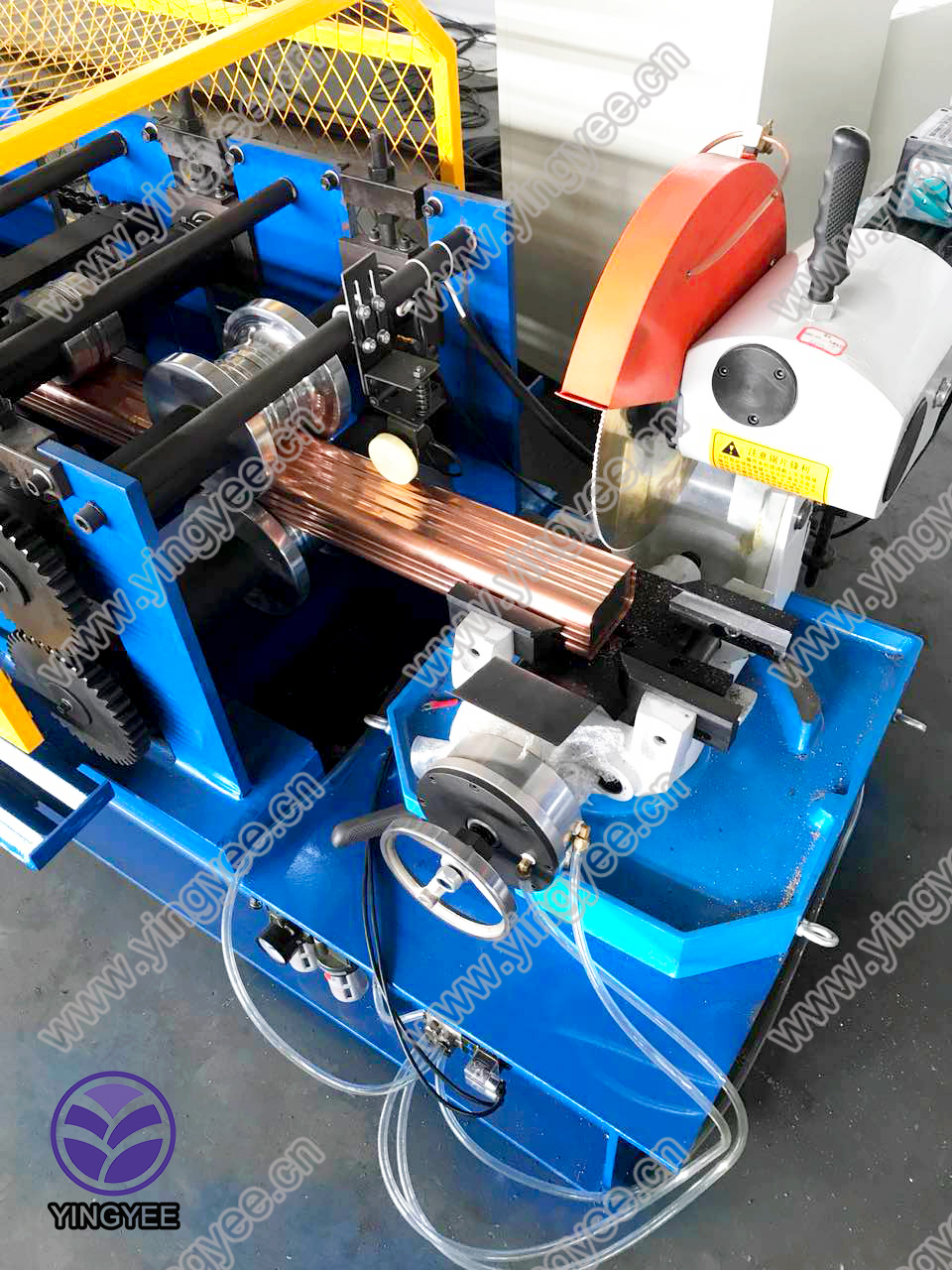
Understanding the Harmonized System Code for Welding Rods
Welding is a crucial process in various industries, including construction, automotive, and manufacturing. One of the essential components in welding is the welding rod. Understanding the Harmonized System (HS) Code for welding rods is vital for businesses involved in import and export activities, as it helps in classifying goods for international trade.
What is the HS Code?
The Harmonized System (HS) Code is an international nomenclature for the classification of products. It was developed by the World Customs Organization (WCO) and is used by countries worldwide to systematically categorize traded goods. The HS Code consists of six digits, which can be expanded by individual countries to create additional subcategories.
HS Code for Welding Rods
For welding rods, the HS Code generally falls under Chapter 83, which covers various tools and implements for welding, soldering, or similar operations. Specifically, welding rods are commonly classified under the HS Code 8311, which pertains to the “Wire, rods, tubes, plates, and similar articles made from base metal.”
* Welding Rod Classification Within this category, welding rods can be further specified based on factors such as the material composition (e.g., aluminum, stainless steel) and their intended use (e.g., for electric arc welding, gas welding). These specifications create different subcategories under the main HS code, allowing businesses to identify and classify their products accurately.
Importance of Accurate Classification
Accurate classification of welding rods under the correct HS Code has several implications
1. Tariff Rates Different HS Codes may be subject to varying tariff rates. Incorrect classification can lead to overpayment or underpayment of duties, impacting a company's bottom line.
2. Regulatory Compliance Many countries have regulations that govern the import and export of specific goods. Proper classification ensures compliance with these regulations, minimizing the risk of penalties or delays in customs clearance.
3. Trade Agreements International trade agreements often offer preferential tariff rates for certain products. Understanding the HS Code allows companies to take advantage of these agreements and reduce costs.

4. Market Research Accurate classification enables businesses to conduct market research effectively. By knowing the appropriate HS Code for welding rods, companies can analyze trade statistics, market trends, and competitor activities more efficiently.
Challenges in Classification
Despite its importance, accurately classifying welding rods under the HS Code can be challenging. Countries may have differing interpretations of what constitutes a welding rod or the specific material classifications. Additionally, manufacturers may produce rods with unique properties or intended uses that complicate classification. As a result, businesses must stay informed about updates from customs offices and changes to the HS Code system.
Best Practices for Businesses
To navigate the complexities of HS Code classification for welding rods, consider the following best practices
1. Consult Customs Experts Engage with customs brokers or trade compliance experts to ensure proper classification and adherence to regulations.
2. Stay Updated on HS Code Changes Regularly review updates to the HS Code to reflect any changes that may affect your products.
3. Document Product Specifications Maintain detailed records of product specifications, including material composition and intended use, to facilitate accurate classification.
4. Engage in Training Invest in training for staff involved in import and export activities to enhance their understanding of HS Code classification.
Conclusion
Understanding the HS Code for welding rods is essential for companies engaged in international trade. By accurately classifying their products, businesses can navigate tariff implications, ensure regulatory compliance, and make informed market decisions. In a global market where precision and compliance are vital, mastering the intricacies of the HS Code system can provide a significant competitive advantage. By following best practices and staying informed about changes, companies can better position themselves to thrive in the complex landscape of international trade.